If you live anywhere near the Gulf of Mexico or the Eastern Seaboard of the United States, you know that hurricane season can be a time of great stress.
Some years, you have nothing to worry about. Other seasons, such as the season of 2004, teach you the value of preparedness.
What is a Hurricane?
A hurricane is a type of tropical cyclone. In the Northern hemisphere, this refers to the organized, counter clockwise movement of the circulating weather system in the northern hemisphere over tropical waters.
In order for a storm to build from a tropical depression, then to a tropical storm, and finally build into a full-fledged hurricane, it must travel across the open ocean and keep in close contact with warm water currents. If a hurricane leaves the warm current of water, it will become weaker and less organized.
In some hurricanes, the prevailing wind pushes the hurricane off the warm water currents, and it only has a short period of time to reach the landfall before weakening.
Tropical Cyclones or Hurricane Classifications:
In order to keep informed, it’s important to understand the classifications of storms. Sometimes even small storms can wreak havoc, so it’s important to follow the hurricane preparation steps below. Here are the classifications of storms.
Tropical depression
- This is an organized collection of clouds and thunderstorms with a defined circulation and maximum sustained winds of 38 miles per hour or less.
- The winds must rotate fully around a closed low pressure center.
- Is a closed low pressure system.
Tropical storm
- These are very organized and very strong thunderstorms and cloud systems with a defined circulation pattern and maximum sustained winds from 39 to 73 miles per hour.
- There is a clearly recognizable rotation in the storm.
- They are more organized than a tropical depression because of their tighter, more circular formation.
Hurricane
Once a tropical storm reaches wind speeds of 74 miles per hour, they are reclassified as hurricanes. There are 5 categories of hurricanes as explained below. Hurricanes are categorized by the strength of their winds, with the greatest speed found in the center, or “eye”. According to the Affirm-Simpson Hurricane Scale, the weakest hurricane is a category 1, while a category 5 storm has the strongest sustained wind speeds.
- A hurricane is a very intense tropical weather system with a well-defined circulation and minimum sustained winds of at least 74 miles per hour.
- The circulation pattern is large and spins counterclockwise with rain bands that spiral to the center of the storm.
- Hurricanes receive their energy from the warm waters of the ocean below them, and have a warm core and a distinctive eye at the center.
Where do Hurricanes Come From and Why Does it Matter?
During the hurricane season, hurricanes can start at three different points on the globe. It typically depends on the time of year, and where a hurricane originates generally dictates it’s impact on the US.
Gulf of Mexico
In the early part of the season, a tropical depression can start in the Gulf of Mexico and head northward into the US. These hurricanes are not as strong as the other types, hit landfall quicker, and the rainfall is very heavy as the storm changes from a hurricane to a very low low-pressure system. These low pressure systems travel eastward with the jet stream causing bad flooding in their wake.
West Coast of Africa
- As the season progresses, the tropical depressions start off the West coast of Africa heading west through the Caribbean and finally striking the US mainland. As these hurricanes come westward, they pick up power and intensity. These hurricanes can turn into super hurricanes and are more likely than those that build in the Gulf to turn into more intense storms. Often, they can reach category 3, 4, or even 5. Water surges often accompany hurricanes and can reach 25 feet or higher, causing bad flooding miles inland.
Eastern Pacific
- Towards the end of the season, the tropic depressions start in the Eastern Pacific around Mexico or Southern California. These storms usually skirt Western Mexico and Southern California before heading out to sea on warm ocean currents. The named hurricanes in the Pacific Ocean are called hurricanes between the area of the West Coast and Hawaii. After this point they are called Typhoons. These hurricanes usually head out to sea with little wind or water damage to the coastline. There have been some of these hurricanes that have come ashore, but the damage is usually mild.

What Should I Do As A Hurricane Approaches?
If you are unable to leave the expected landfall zone or surrounding areas, you will have to rely on your emergency hurricane kit. Make sure your home, back yard, and the designated safe room are all as ready as possible. Here are some tips to help you buckle down.
- Board up windows
- Designate areas for bathroom needs, cooking, and sleeping.
- Keep your emergency tool kit and supplies for minor repairs in the room where you will be sheltering. Be ready to move to, and have supplies on, the upper floors or roof to wait for rescue. If your attic doesn’t have windows, be sure to store sledge hammers, axes, life jackets, rope, and tarps there so your family doesn’t get trapped in the attic and drown there.
- Have on your person a good pocket knife or a multi-tool.
- In a tool box, have a good set of hand tools with nails and other fasteners.
- Have ropes, buckets, towels, and tarps to fix water leaks.
- To help preserve food stored in freezers and refrigerators, turn the temperature controls to the coldest setting possible. This will help keep the food a little longer if the power is lost.
- Before evacuation, call a good friend or family member that lives outside of the storm area to let them know what your hurricane plans are.
- Be sure that your hurricane survival kit is fully stocked and ready to go.
- Be sure that all battery operated devices are charged and ready to go.
- Make extra ice and bag it in the event power is lost to the freezers and refrigerators. Store it in coolers or in extra freezer space. Keep salt on hand to extend the usefulness of the ice.
- If you have a generator, test it away from the house (never in or near the house). Be sure you have plenty of fuel for the generator.
- Be sure all available functional vehicles are full of fuel.
- Secure all yard furniture, tools, and yard decorative items and anything else that could become a flying missile in high winds.
- Secure all boats, campers, RV’s and other “toys” that can’t be stored in a garage in the safest place in your yard by tying them down or anchoring them down. Remember to take into account that there may be some storm surge.
- Secure all doors and windows with locks and shutters or use plywood.
- Also plywood the garage doors and windows.
- Store you cars or other motor vehicles in the garage to further protect them from the storm.
- Move items from the lower floors to higher floors if they can be water damaged and you are not taking them with you.
- If you can, seal all important small items that you’re leaving behind into water proof containers and move them to the higher floors.
- Caulk and fill bathtubs and sinks to help store extra water for personal hygiene.
- Do your laundry, wash dishes, and take a shower before the storm arrives to save water.
- Close and fasten gates so they will not swing in the wind.
- Close chimney flues.
- Close and lock all inside doors and cabinets.
- Cover and protect all skylights on the roof.
- Lock down and cover all roof turbines.
- Make sure you have adequate insurance on your property, including flooding and water surge protection coverage.
If you have a boat, prep it before the hurricane:
- Remove the life jackets and first aid kit to the house in the event that they may be needed.
- Remove all cushions, boat tops, and other loose items and store them in the garage.
- Tie down all hatch covers.
- If you have a boathouse, turn off all exterior electricity to boat house.
- If your boat is moored at a dock and cannot be removed, tie down the boat with as many dock lines as possible to keep the boat safe.
What Do I do During the Storm?
- Stay inside and away from all windows.
- Always be alert for tornadoes and high wind shear warnings. These are extremely high wind conditions and can kill you or destroy your home or other buildings.
- Do not play in flood waters or storm surge. It can be deadly to humans or pets.
- Warning! Be aware of the eye of the storm. It may be calm, but the winds can pick up speed very quickly once the eye passes over and you could be caught outside in possibly deadly conditions.
- Always unplug electric and electronic devices that are not in use to avoid electrical surge damages.
What Should I Do After the Storm Leaves the Area?
- Avoid downed power lines, know power line safety.
- Know what food is safe to eat and for how long it will be safe to eat before it spoils due to lack of refrigeration.
- Know how to use a chain saw safely.
- Know how to use your electric generator safely.
- Know how to safely treat drinking water and when to do so.
- Listen to the local news casts regularly.
- Always use flashlights instead of candles to reduce the risk of starting a fire.
- Inspect your house for damage as soon as it is safe to do so.
- Stay off the roads as much as possible for your safety. There may be washed out roads, power lines down, flood waters in your area, or other unsafe conditions.
- If you have a pool, it may have to be super chlorinated before it can be used again safely.
- Beware of heatstroke. After a hurricane, there are usually days of very hot humid weather. You must take steps to keep yourself and others cool. Remember to wear light colored clothing with a hat, drink plenty of liquids, and eat smaller, lighter meals. Dampen your clothes and yourself to use evaporation to help cool you.
- Beware of stray pets and wild animals. In their disoriented condition they might attack humans out of fear.
- Under no conditions should you try to capture animals or corner them after the hurricane. Call the animal control of your city or county.
- If any animal bites you, seek medical attention immediately.
- If you get snake bitten, try to identify the type of snake and if it is poisonous so that the correct anti-venom can be given.
- Rats can be a problem after a hurricane. Secure all food supplies and keep traps up and in good operating condition.
- Remove all animal remains on your property.
- If you find displaced hazardous chemical containers on your property, stay away and call your fire department to inspect them and remove them.
Hurricanes are no joke. If you’ve experienced one, you know that damage can range from inconvenient to catastrophic. Perhaps the most important thing to remember is that no matter how wonderful our technology is, there is absolutely no way to determine exactly what a hurricane is going to do.
That’s been proven over and over, so it’s best, if you’re in the cone of uncertainty, to prepare for the possibility that the storm will make landfall near you.
If you live in an area where a hurricane may make landfall, or are near enough to the coast that it may reach you, you need to know how to develop a hurricane survival plan, build a hurricane survival kit, and how to prepare to evacuate.
To learn what you need to do before, during, and after a hurricane, CLICK HERE to subscribe for Survivopedia’s newsletter and receive our special free report on hurricane preparedness.
If you’ve ever experienced a hurricane, or have anything that you’d like to add, please feel free to do so in the comments section below.
This article has been written by Fred Tyrell for Survivopedia.


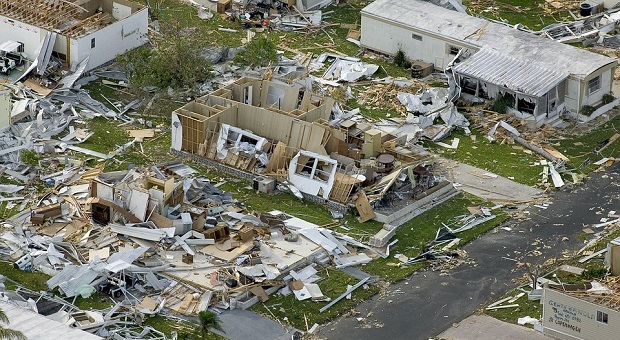
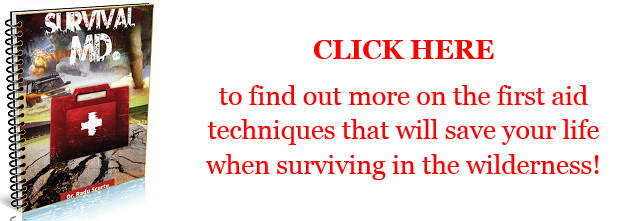

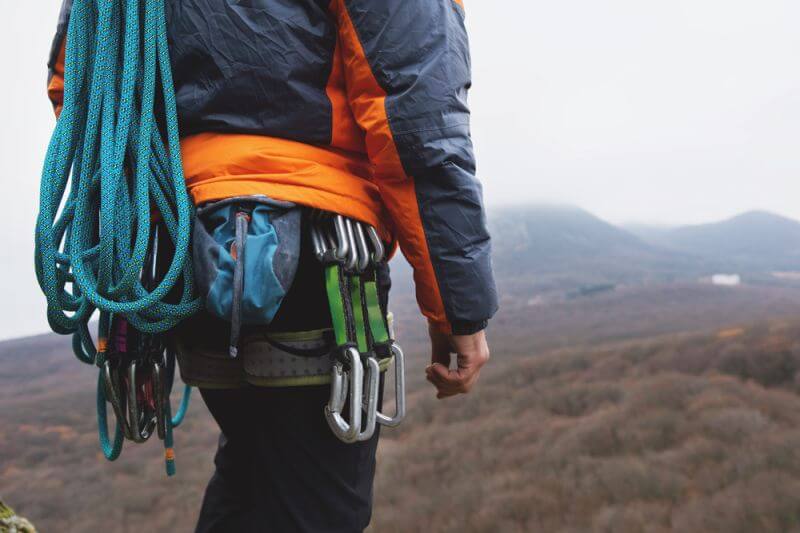

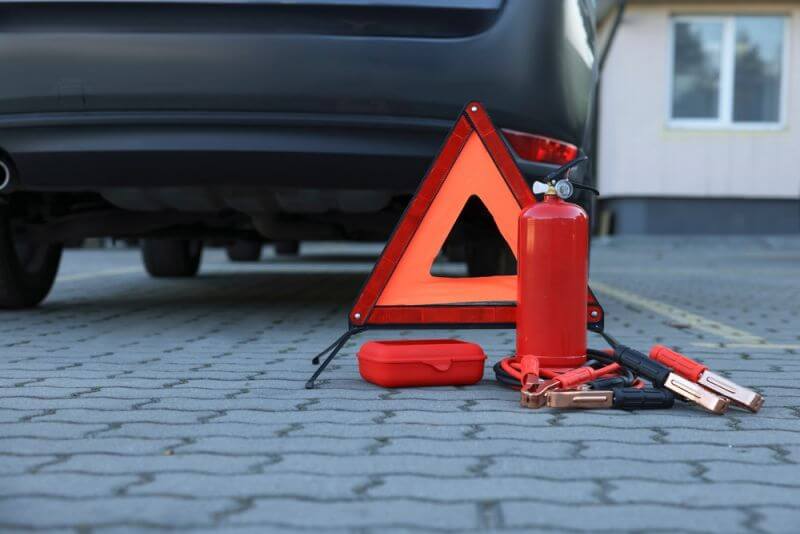
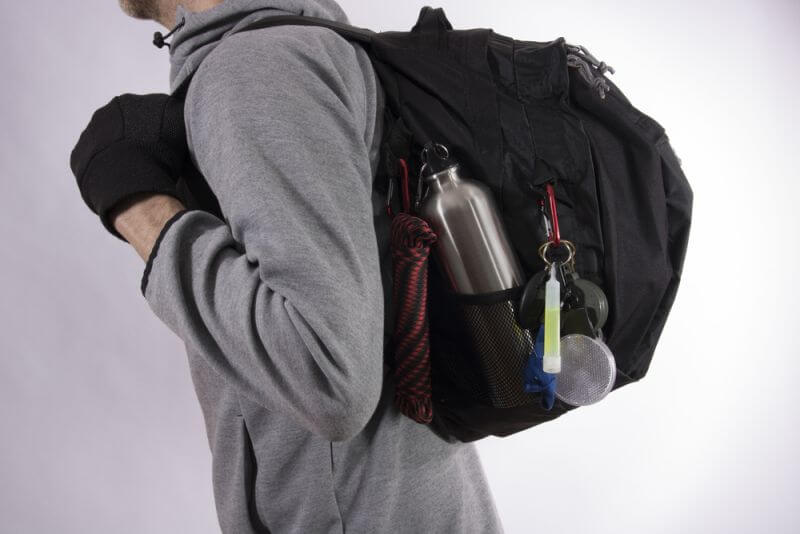

Joey McGuire | August 11, 2016
|
Hi Fred,
Some friends of mine sat through Hurricane Hugo in Charleston, SC. Their house survived, but fallen trees were everywhere. I visited a couple weeks later and it looked like a war zone. Their power had just been restored. They said they stayed up all night, terrified. There wasn’t much flooding where they were.
Awesome information. Thanks for sharing!
Joey
Pingback:"Louisiana? We Don't See Nothing" | Survivopedia | August 24, 2016
|
Andrew Miller | August 24, 2016
|
I would not wish my worst enemy experiencing a Hurricane. But being prepared is the best way to go. Great tips.
Lumens | September 19, 2016
|
Thanks Fred for sharing your expert advice. You may aware that this year Cyclone Roanu hits my country Bangladesh and have done a lot of damaged. One thing I want to know from your survival expertise that what kind of flashlight do you recommend to be best? As we don’t have enough choice to made. Hope you will answer my question so that I can share with my rural area people and may save some life. Thanks in advance.
Michael Case | October 31, 2016
|
Great infographic for surviving a hurricane. I will print this out for future use.
Pingback:The Devastation Of Hurricane Harvey | Survivopedia | August 29, 2017
|
George Morales | September 7, 2017
|
I would not wish my most noticeably awful adversary encountering a Hurricane. In any case, being readied is the most ideal approach. Awesome tips.
John b. Brown | February 22, 2018
|
Great advice. The most important thing is not only to be prepared, but also to train all your family. According to the new facts, we are facing more and more natural disasters so prepping for this is a must. What use if you have a bag out plan or want to live off the grid if you can’t even manage a hurricane? May god protect you all!